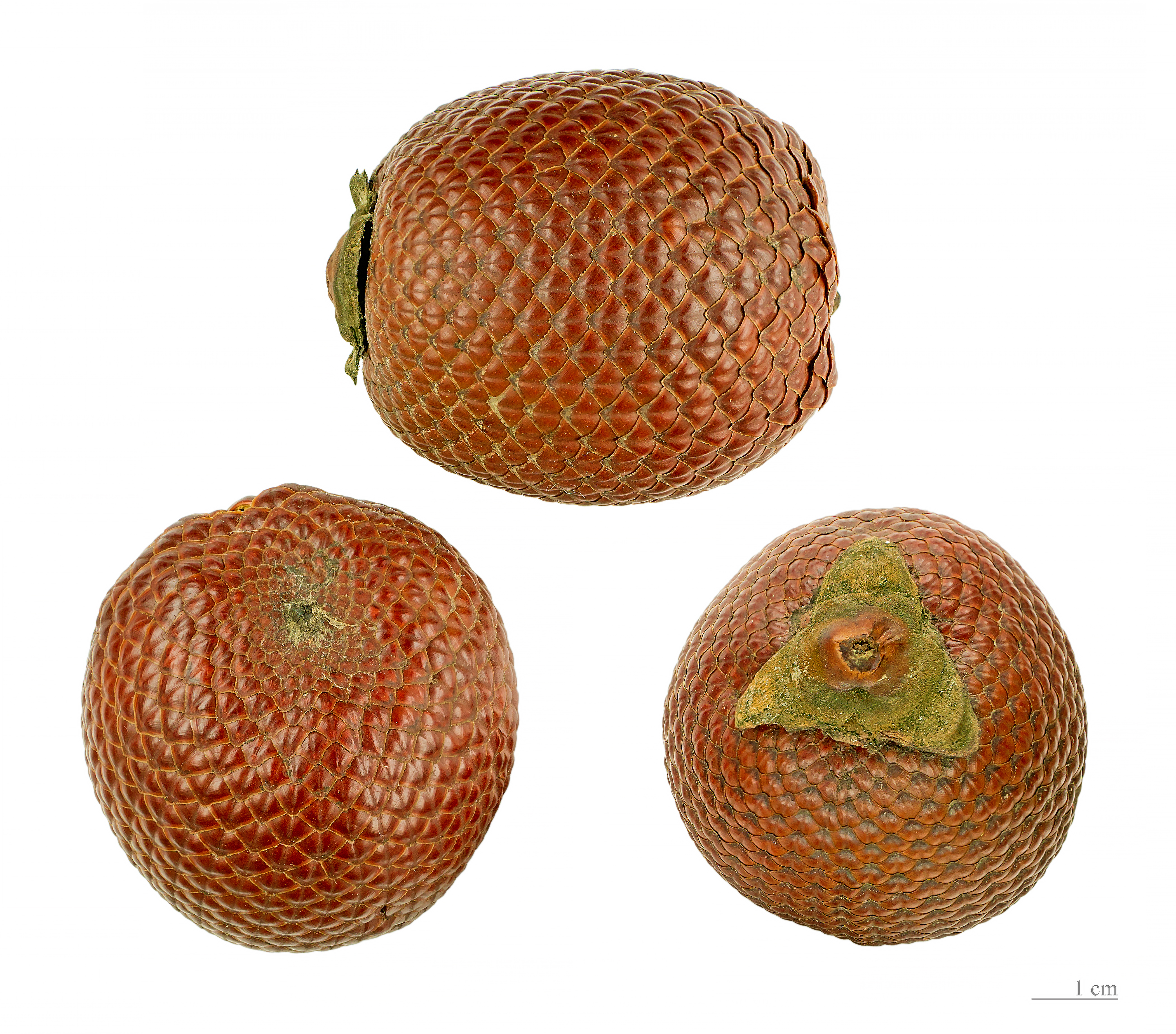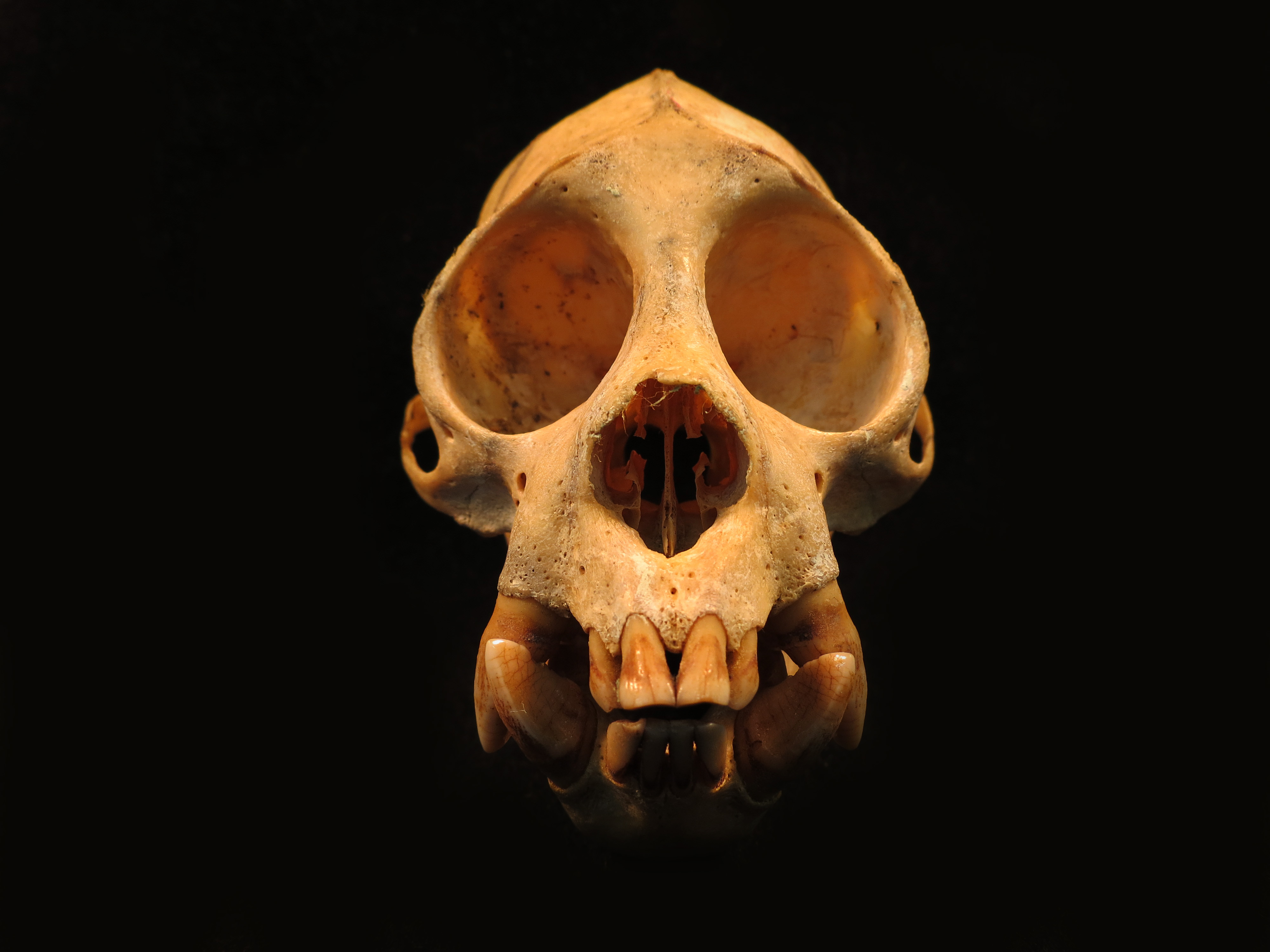|
Jutaí-Solimões Ecological Station
The Jutaí-Solimões Ecological Station () is an ecological station in the state of Amazonas, Brazil. It protects an area of flooded and terra firme forest in the Amazon biome. Location The Ecological Station covers in the Amazonia biome. The station lies between the Jutaí and Solimões rivers. It covers parts of the municipalities of Amaturá, Jutaí, Santo Antônio do Içá and Tonantins in the state of Amazonas. It is bounded to the east by the Rio Jutaí Extractive Reserve, on the opposite side of the Jutaí River, and to the west by the Javari-Buriti Area of Relevant Ecological Interest. The Betânia Indigenous Territory overlaps the western part of the ESEC and the São Domingos do Jacapari e Estação Indigenous Territory overlaps the northern part. History The Jutaí-Solimões Ecological Reserve by federal decree 88.541 of 21 July 1983. Ordnance 375 of 11 October 2001 recategorized the ecological reserve as an ecological station with the present name. The ... [...More Info...] [...Related Items...] OR: [Wikipedia] [Google] [Baidu] |
Ecological Station (Brazil)
An ecological station () in Brazil is a type of protected area of Brazil as defined by the National System of Conservation Units (SNUC). The purpose is to preserve untouched representative samples of the different biomes in Brazil. Objectives and restrictions In the 1970s the Special Secretariat of the Environment under the environmentalist Paulo Nogueira Neto launched a program of ''estações ecológicas'' (ecological stations) with the aim of establishing a network of reserves that would protect representative samples of all Brazilian ecosystems. The objective of an ecological station is to preserve nature and conduct scientific research. It establishes the right of eminent domain Eminent domain, also known as land acquisition, compulsory purchase, resumption, resumption/compulsory acquisition, or expropriation, is the compulsory acquisition of private property for public use. It does not include the power to take and t ..., with the private areas included in its bound ... [...More Info...] [...Related Items...] OR: [Wikipedia] [Google] [Baidu] |
1983 Establishments In Brazil
1983 saw both the official beginning of the Internet and the first mobile cellular telephone call. Events January * January 1 – The migration of the ARPANET to TCP/IP is officially completed (this is considered to be the beginning of the true Internet). * January 6 – Pope John Paul II appoints a bishop over the Czechoslovak exile community, which the ''Rudé právo'' newspaper calls a "provocation." This begins a year-long disagreement between the Czechoslovak Socialist Republic and the Vatican, leading to the eventual restoration of diplomatic relations between the two states. * January 14 – The head of Bangladesh's military dictatorship, Hussain Muhammad Ershad, announces his intentions to "turn Bangladesh into an Islamic state." * January 18 – U.S. Secretary of the Interior James G. Watt makes controversial remarks blaming poor living conditions on Native American reservations on "the failures of socialism." Watt will eventually resign in September after a series o ... [...More Info...] [...Related Items...] OR: [Wikipedia] [Google] [Baidu] |
Protected Areas Of Amazonas (Brazilian State)
Protection is any measure taken to guard something against damage caused by outside forces. Protection can be provided to physical objects, including organisms, to systems, and to intangible things like civil and political rights. Although the mechanisms for providing protection vary widely, the basic meaning of the term remains the same. This is illustrated by an explanation found in a manual on electrical wiring: Some kind of protection is a characteristic of all life, as living things have evolved at least some protective mechanisms to counter damaging environmental phenomena, such as ultraviolet light. Biological membranes such as bark on trees and skin on animals offer protection from various threats, with skin playing a key role in protecting organisms against pathogens and excessive water loss. Additional structures like scales and hair offer further protection from the elements and from predators, with some animals having features such as spines or camouflage servi ... [...More Info...] [...Related Items...] OR: [Wikipedia] [Google] [Baidu] |
Mauritia Flexuosa
''Mauritia flexuosa'', known as the moriche palm, ''ité'' palm, ''ita'', ''buriti'', ''muriti'', ''miriti'' (Brazil), ''canangucho'' (Colombia), ''morete or acho'' (Ecuador), ''palma real'' (Bolivia), or ''aguaje'' (Peru), is a Arecaceae, palm tree. It grows in and near swamps and other wet areas in tropical South America. ''Mauritia flexuosa'' can reach up to in height. Henderson and McBride both give a height of 165 feet (fifty meters). The trunk can be up to diameter at breast height The large leaves form a rounded crown. The tree produces Pneumatophores which can develop as much as from the trunk. suggesting a very extensive root system. The flowers are yellowish and appear from December to April. The fruit, which grows from December to June, is a chestnut color and is covered with shiny scales. The yellow flesh covers a hard, oval nut. The seeds float, and this is the means by which the palm tree propagates. In natural populations, the tree reaches very high densities. D ... [...More Info...] [...Related Items...] OR: [Wikipedia] [Google] [Baidu] |
Bald Uakari
The bald uakari (''Cacajao calvus'') or bald-headed uakari is a small New World monkey characterized by a very short tail; bright, crimson face; a bald head; and long coat. The bald uakari is restricted to várzea forests and other wooded habitats near water in the western Amazon Rainforest, Amazon of Brazil and Peru. Taxonomy There are four recognized subspecies of the bald uakari, each of which is considered Vulnerable species, vulnerable to extinction: * White bald-headed uakari, ''Cacajao calvus calvus'' * Ucayali bald-headed uakari, ''Cacajao calvus ucayalii'' * Red bald-headed uakari, ''Cacajao calvus rubicundus'' * Novaes' bald-headed uakari, ''Cacajao calvus novaesi'' However, a literature review of all known occurrence records, followed by a molecular phylogenetic analysis, suggests that these subspecies should be upgraded to species, as well as adding a new species, ''Cacajao amuna'' sp. n. If this is accepted by the wider research community, it could have large imp ... [...More Info...] [...Related Items...] OR: [Wikipedia] [Google] [Baidu] |
Igapó
(, from Tupi language, Old Tupi: "root forest") is a word used in Brazil for Blackwater river, blackwater-flooded forests in the Amazon biome. These forests and similar swamp forests are seasonally inundated with freshwater. They typically occur along the lower reaches of rivers and around freshwater lakes. Freshwater swamp forests are found in a range of climate zones, from Boreal ecosystem, boreal through Temperate climate, temperate and subtropical to tropical. In the Amazon Basin of Brazil, a seasonally Whitewater river (river type), whitewater-flooded forest is known as a várzea forest, várzea, which is similar to in many regards; the key difference between the two habitats is in the type of water that floods the forest. Characteristics is primarily characterized by seasonal inundation caused by abundant rainfall; in some areas, trees can be submerged for up to 6 months of the year. These ecosystems are relatively open and feature over 30% Canopy (biology), canopy cover ... [...More Info...] [...Related Items...] OR: [Wikipedia] [Google] [Baidu] |
Central Amazon Ecological Corridor
The Central Amazon Ecological Corridor () is an ecological corridor in the state of Amazonas, Brazil, that connects a number of conservation units in the Amazon rainforest. The objective is to maintain genetic connectivity between the protected areas without penalizing the local people, where possible using participatory planning that involves all affected actors. Location The Central Amazon Ecological Corridor connects a number of conservation units in the central Amazon region with a combined area of . The corridor covers parts of the Solimões and Negro river basins, mostly in the state of Amazonas but with a small portion in the state of Pará. The main urban centers in the corridor are the cities of Manaus, Manacapuru and Tefé. If indigenous territories are included, over 70% of the corridor was contained in protected areas in 2005. The corridor is of great ecological importance. It includes parts of several major rivers with different aquatic environments such as the Ju ... [...More Info...] [...Related Items...] OR: [Wikipedia] [Google] [Baidu] |
Chico Mendes Institute For Biodiversity Conservation
The Chico Mendes Institute for Biodiversity Conservation ( Portuguese: ''Instituto Chico Mendes de Conservação da Biodiversidade'', ICMBio) is a government agency under the administration of the Brazilian Ministry of the Environment. It is named after the environmental activist Chico Mendes. Its function is to protect, manage, and administrate protected areas within the country's territory. ICMBio is headquartered in Brasília Brasília ( ; ) is the capital city, capital of Brazil and Federal District (Brazil), Federal District. Located in the Brazilian highlands in the country's Central-West Region, Brazil, Central-West region, it was founded by President Juscelino .... References Nature conservation in Brazil Executive branch of Brazil Research institutes in Brazil Biodiversity databases Government agencies established in 2007 Environmental organizations established in 2007 2007 establishments in Brazil {{brazil-gov-stub, date=March 2014 ... [...More Info...] [...Related Items...] OR: [Wikipedia] [Google] [Baidu] |
IUCN Protected Area Categories
IUCN protected area categories, or IUCN protected area management categories, are categories used to classify protected areas in a system developed by the International Union for Conservation of Nature (IUCN). The enlisting of such areas is part of a strategy being used toward the conservation of the world's natural environment and biodiversity. The International Union for Conservation of Nature, IUCN has developed the protected area management categories system to define, record and classify the wide variety of specific aims and concerns when categorising protected areas and their objectives. Further supplementary guidelines have been developed specific to marine protected areas (MPAs). This categorisation method is recognised on a global scale by national governments and international bodies such as the United Nations and the Convention on Biological Diversity. Categories Category Ia – strict nature reserve A strict nature reserve (IUCN Category Ia) is an area which is ... [...More Info...] [...Related Items...] OR: [Wikipedia] [Google] [Baidu] |
Rio Jutaí Extractive Reserve
The Rio Jutaí Extractive Reserve () is an extractive reserve in the state of Amazonas, Brazil. Location The Rio Jutaí Extractive Reserve is in the municipality of Jutaí, Amazonas. It has an area of . The Jutaí River forms the western boundary of the northern part of the reserve. The Jutaí-Solimões Ecological Station is on the west bank of the Jutaí River opposite the north of the reserve. In the south the reserve extends to the west of the river. The extreme south of the reserve adjoins the Rio Biá Indigenous Reserve. To the east the reserve is bounded by the Riozinho River, with an indigenous territory to the east of the river. History The Rio Jutaí Extractive Reserve was created by federal decree on 17 July 2002 with the objectives of assuring sustainable use and conservation of renewable resources, and protection of the livelihood and culture of the local extractive population. It is classed as IUCN protected area category IUCN protected area categories, or I ... [...More Info...] [...Related Items...] OR: [Wikipedia] [Google] [Baidu] |
Ecological Station (Brazil)
An ecological station () in Brazil is a type of protected area of Brazil as defined by the National System of Conservation Units (SNUC). The purpose is to preserve untouched representative samples of the different biomes in Brazil. Objectives and restrictions In the 1970s the Special Secretariat of the Environment under the environmentalist Paulo Nogueira Neto launched a program of ''estações ecológicas'' (ecological stations) with the aim of establishing a network of reserves that would protect representative samples of all Brazilian ecosystems. The objective of an ecological station is to preserve nature and conduct scientific research. It establishes the right of eminent domain Eminent domain, also known as land acquisition, compulsory purchase, resumption, resumption/compulsory acquisition, or expropriation, is the compulsory acquisition of private property for public use. It does not include the power to take and t ..., with the private areas included in its bound ... [...More Info...] [...Related Items...] OR: [Wikipedia] [Google] [Baidu] |





